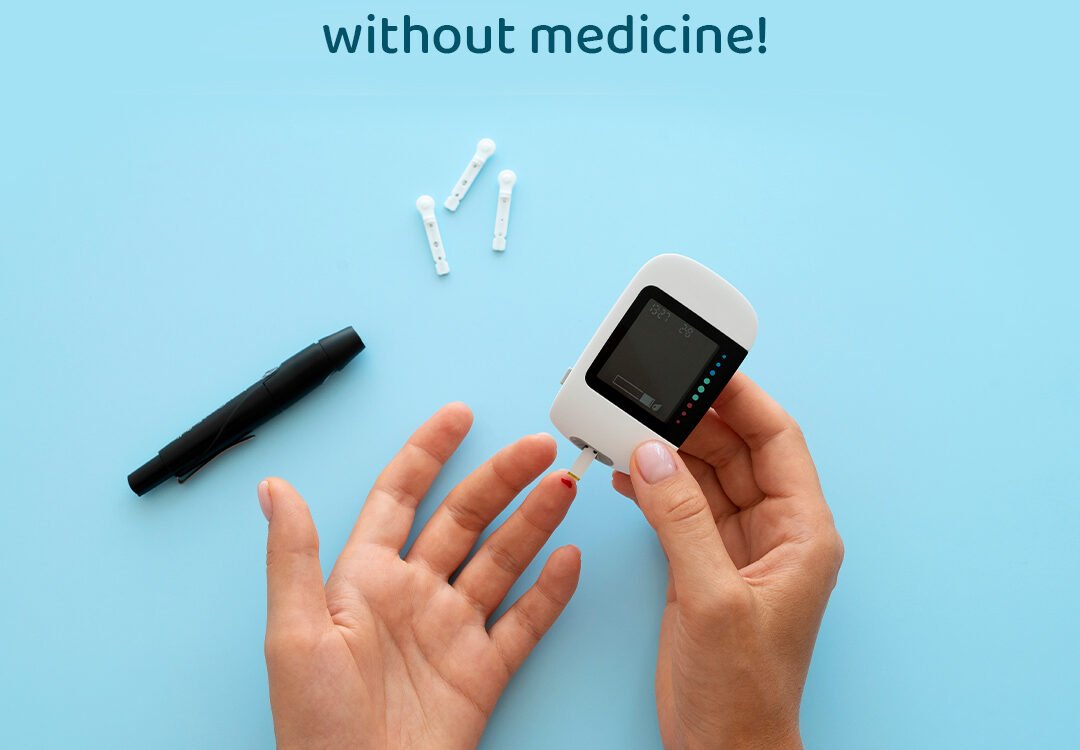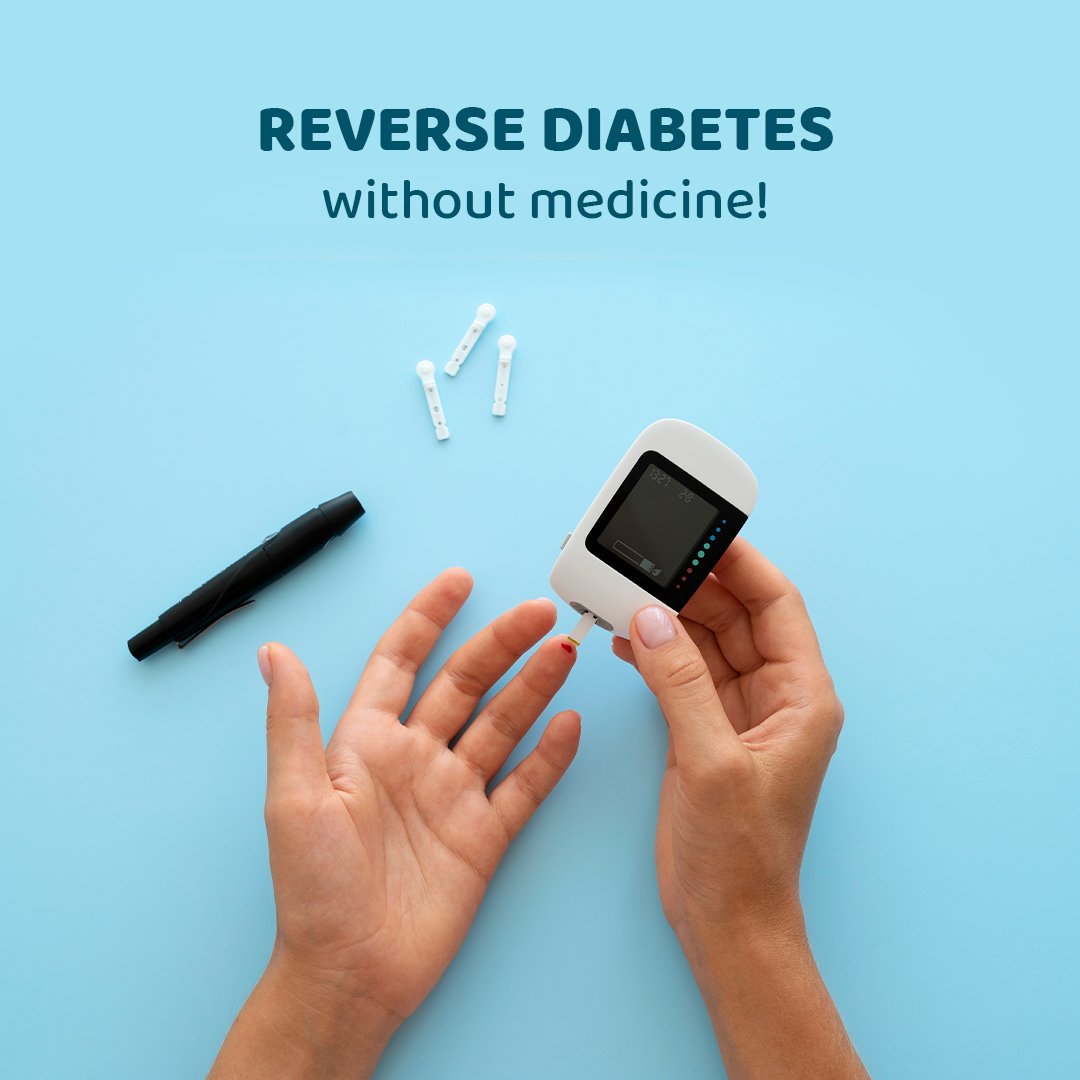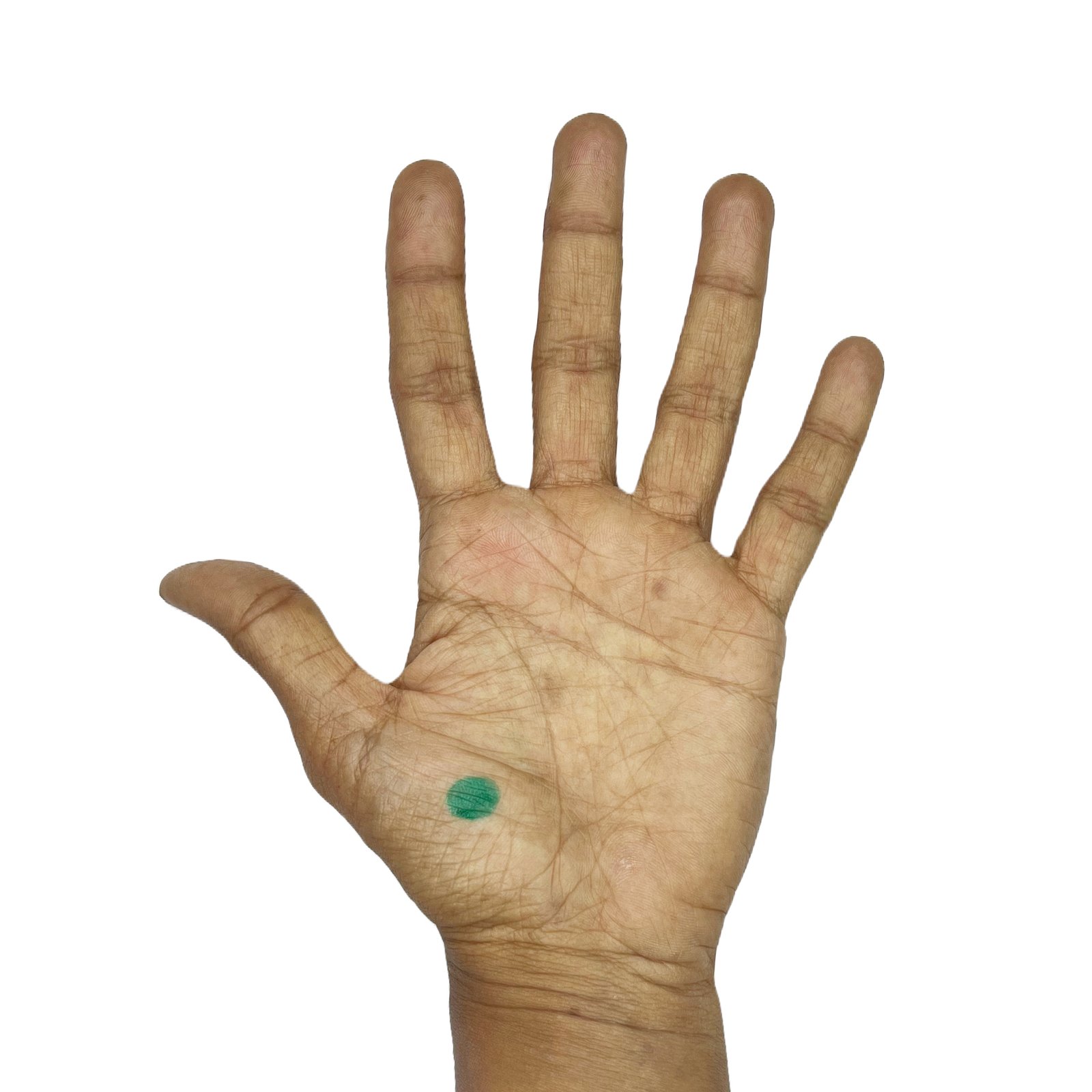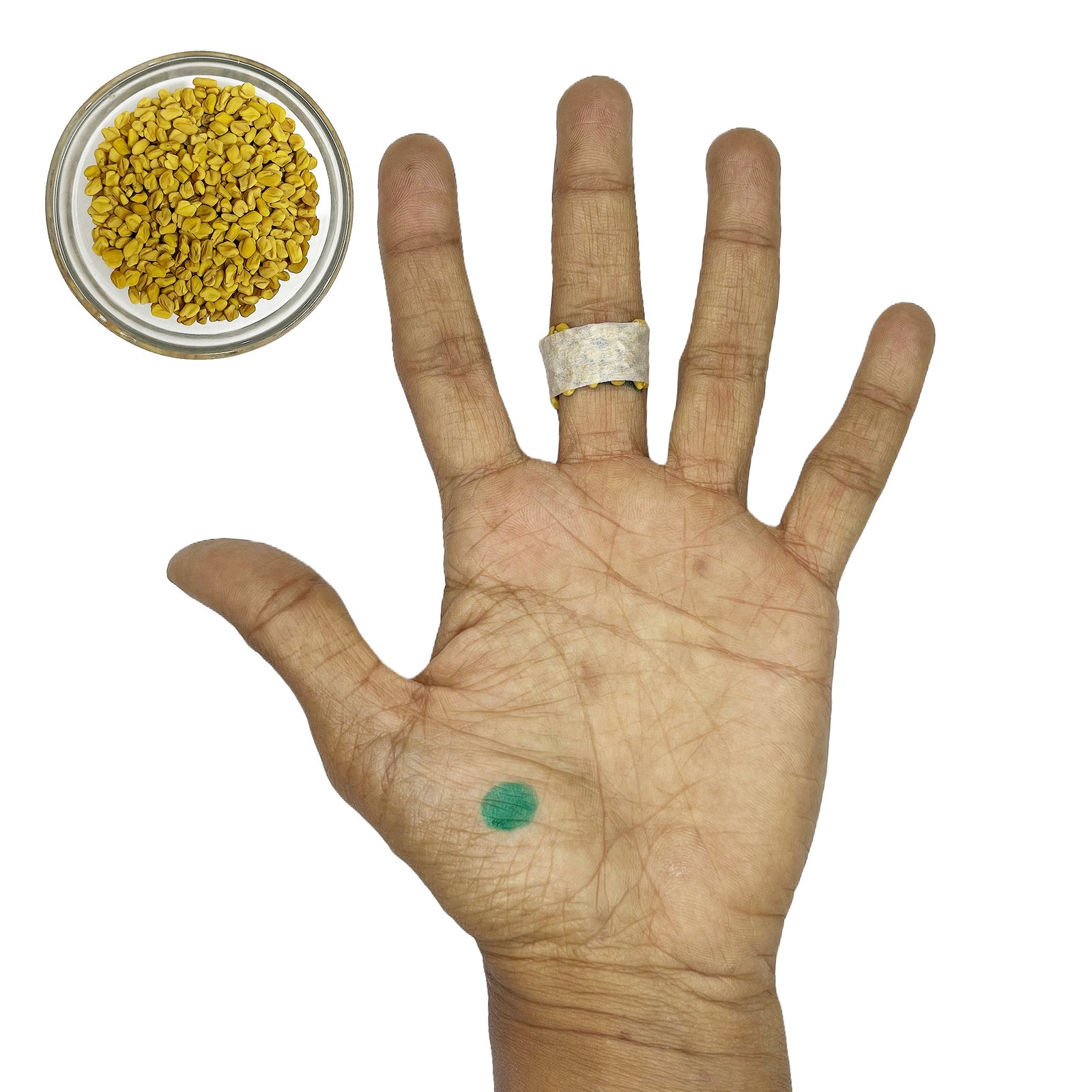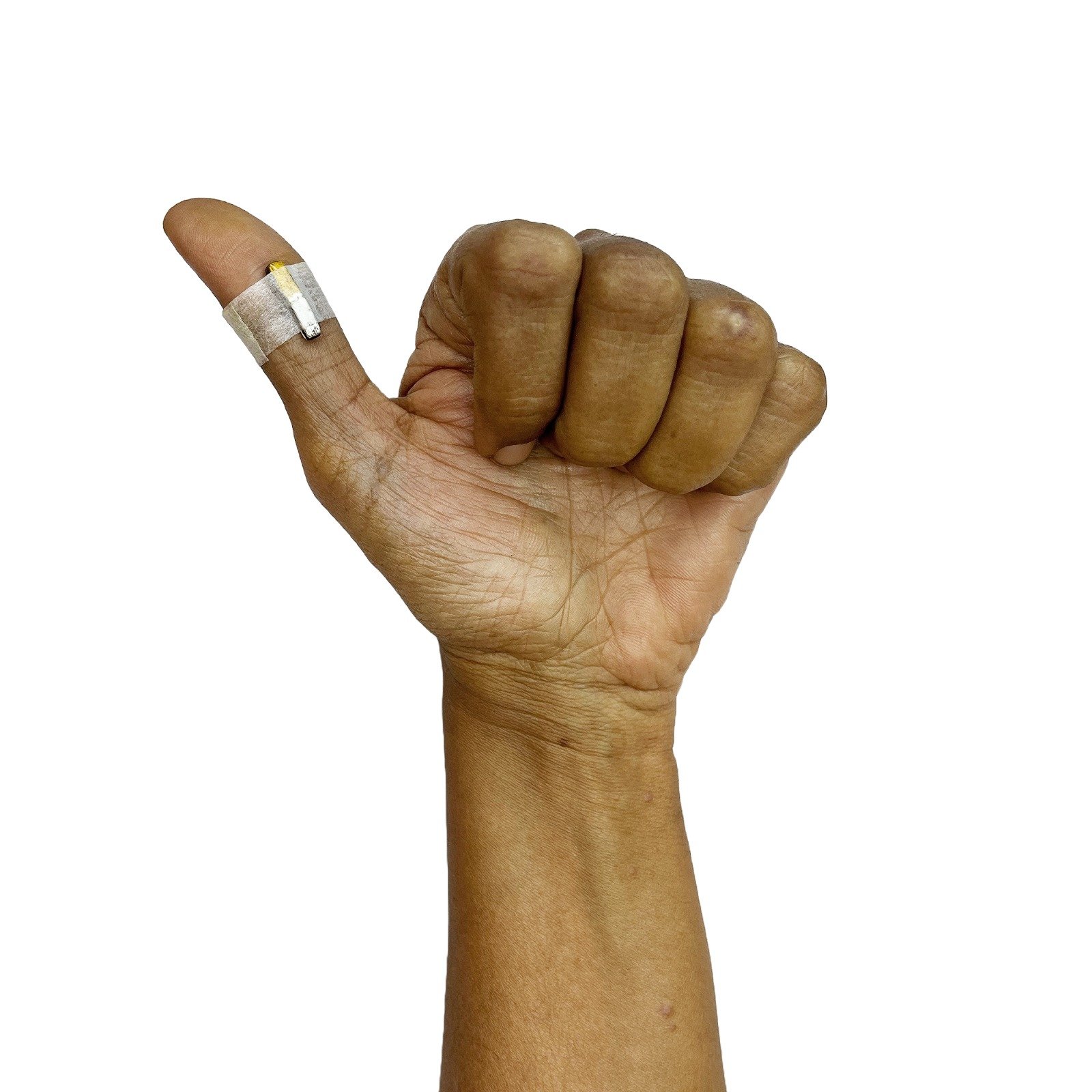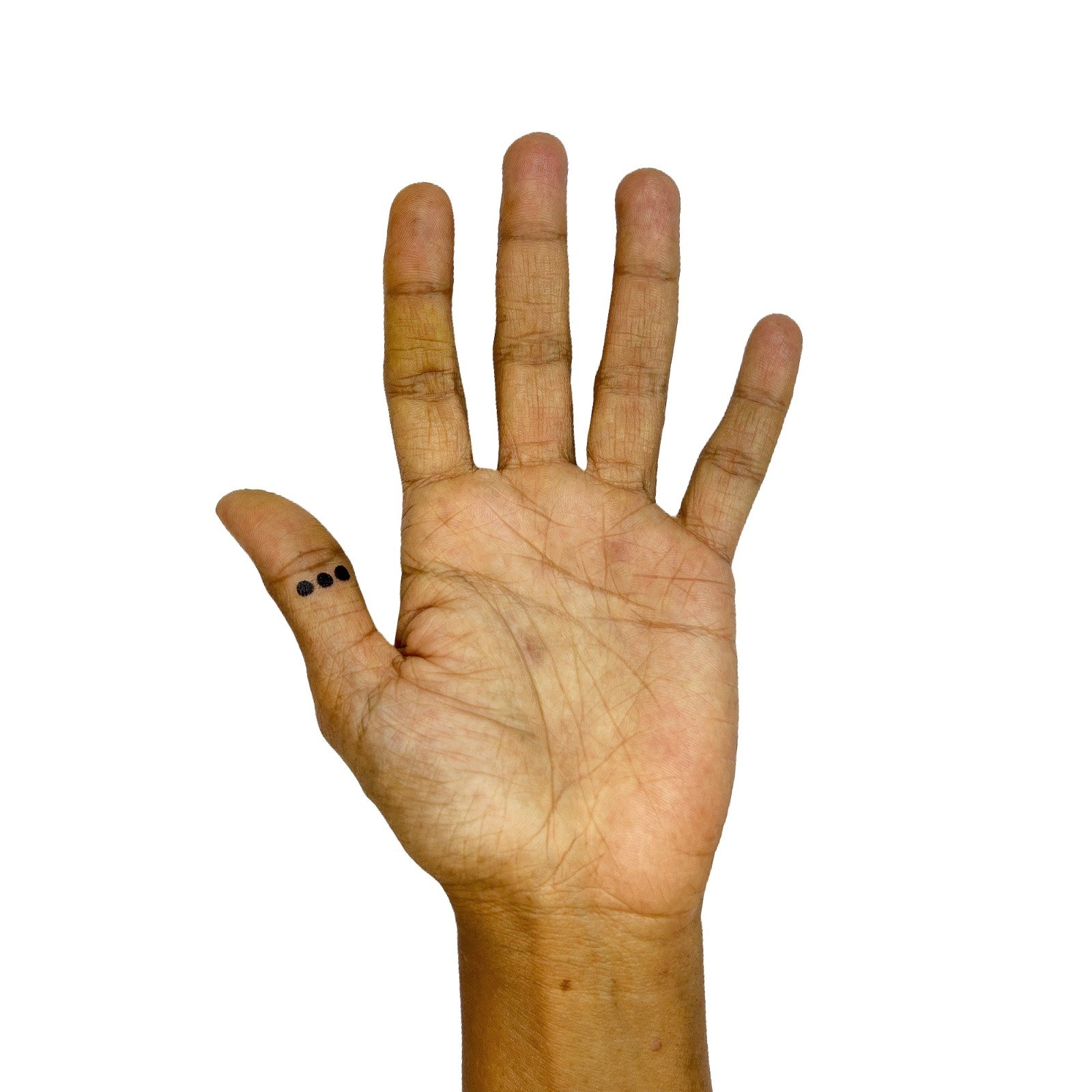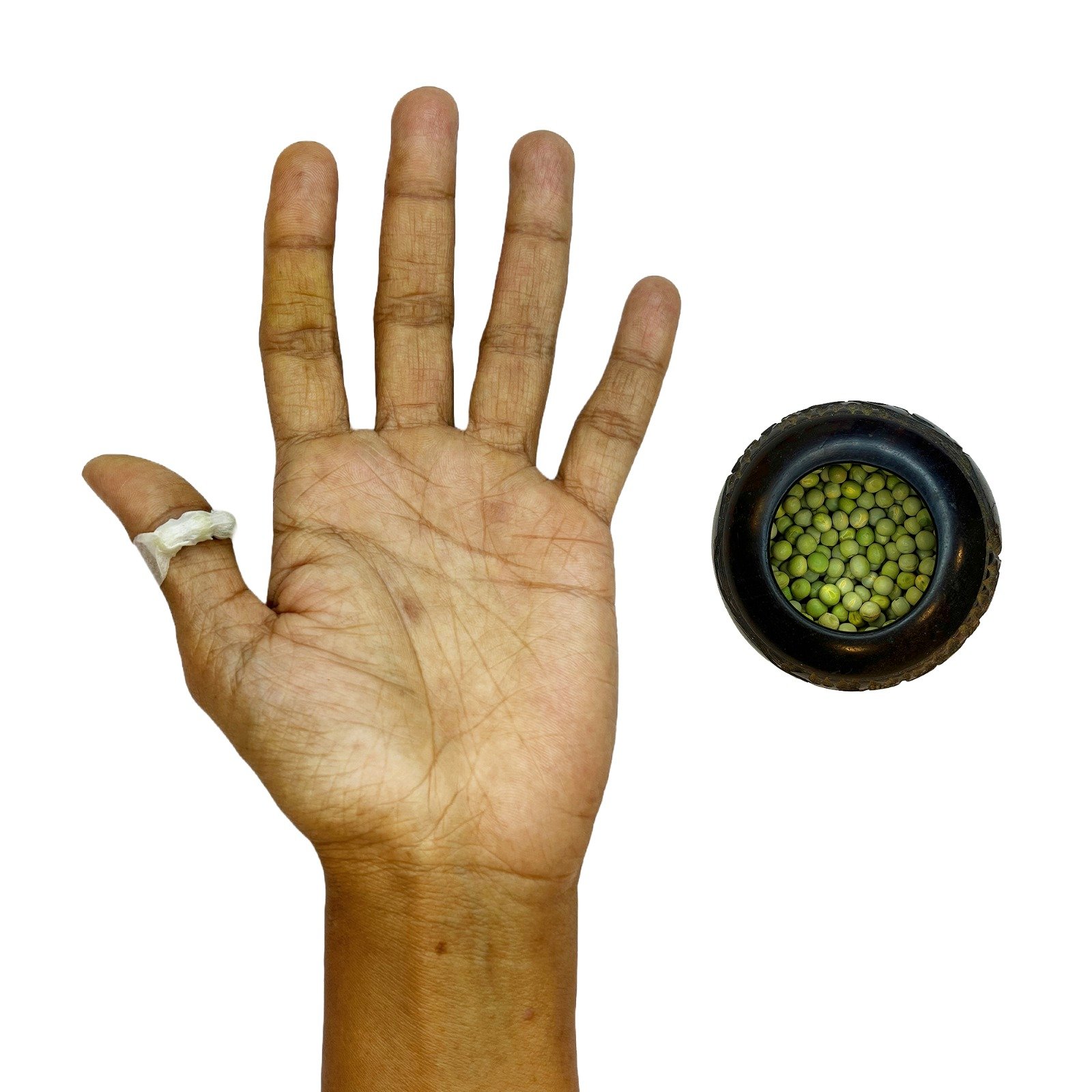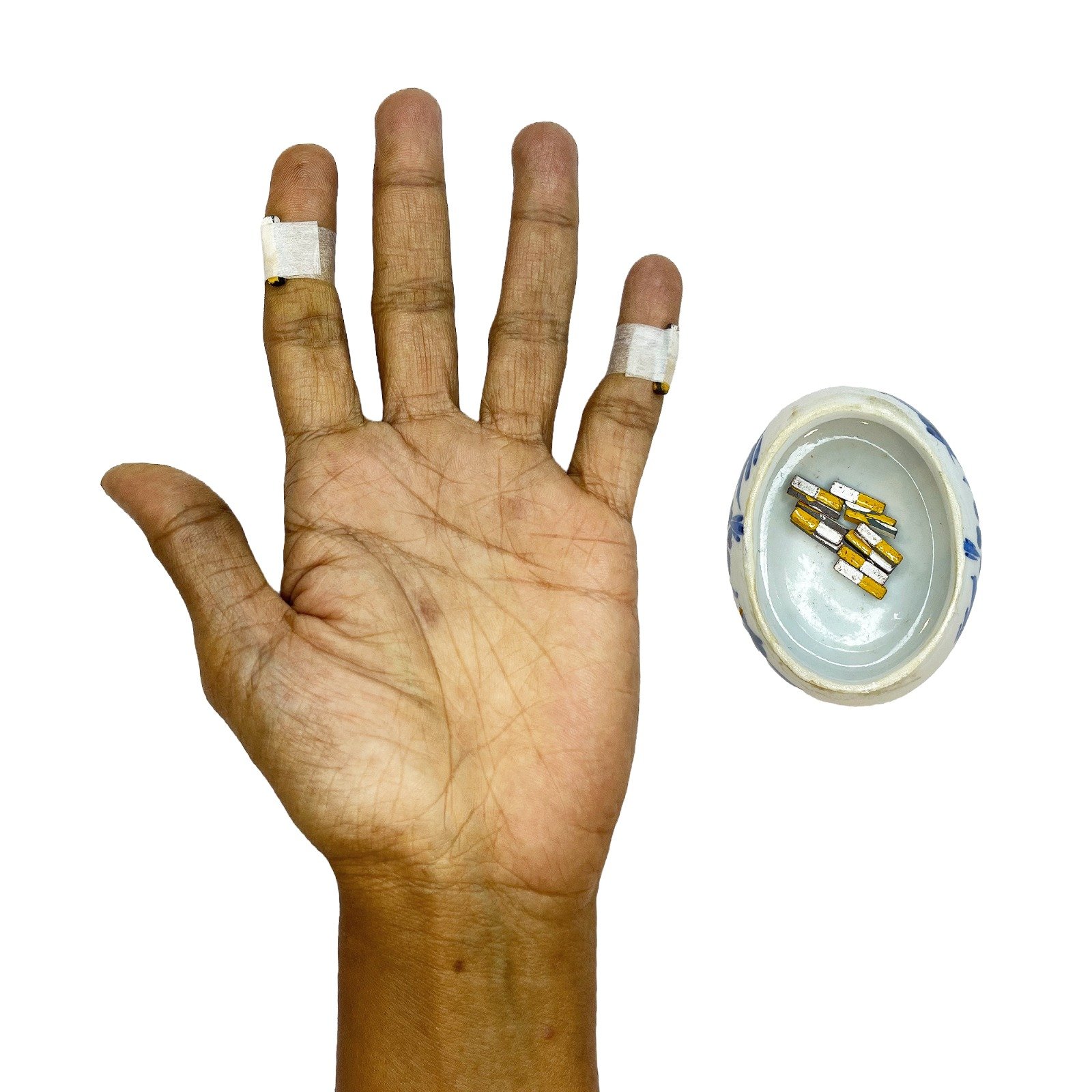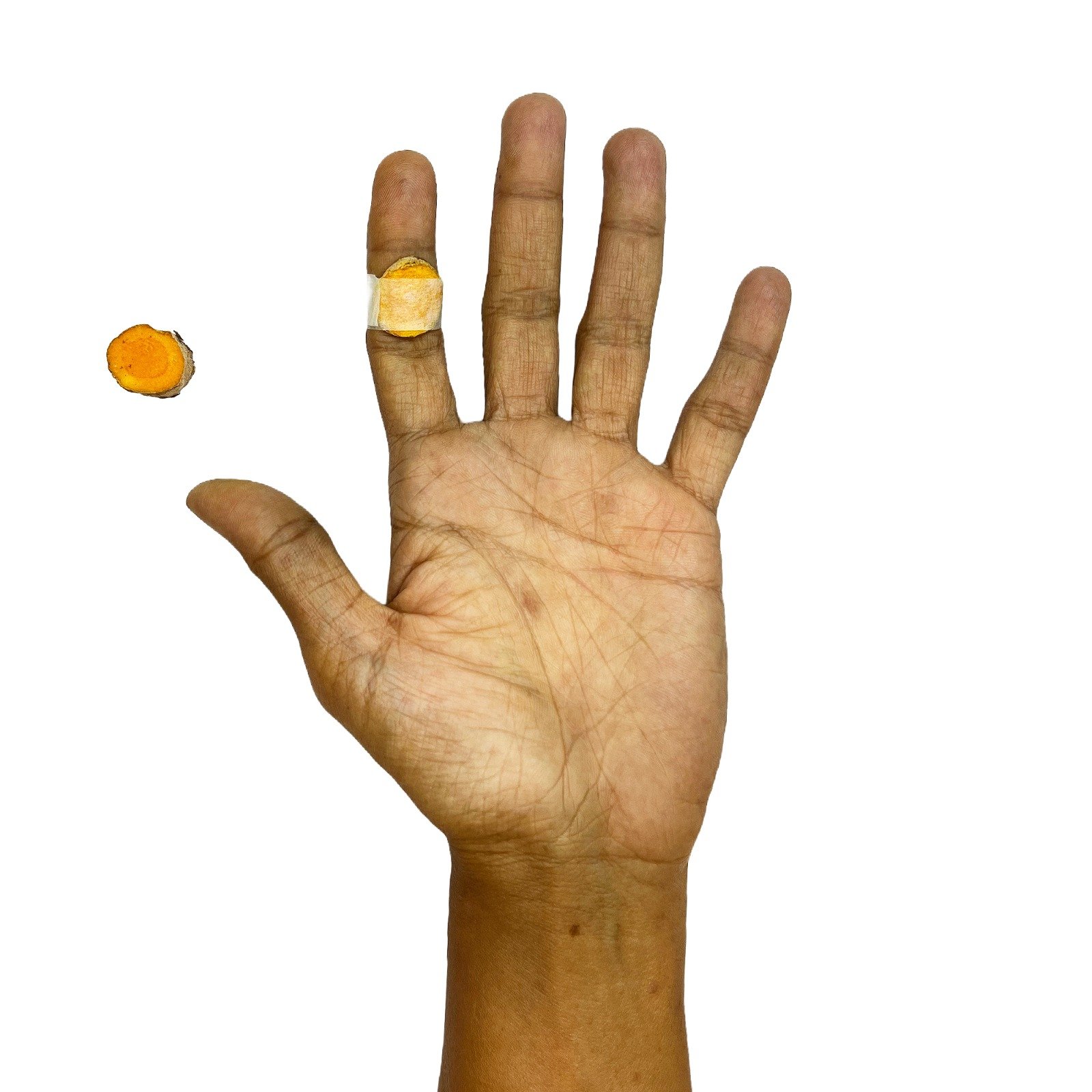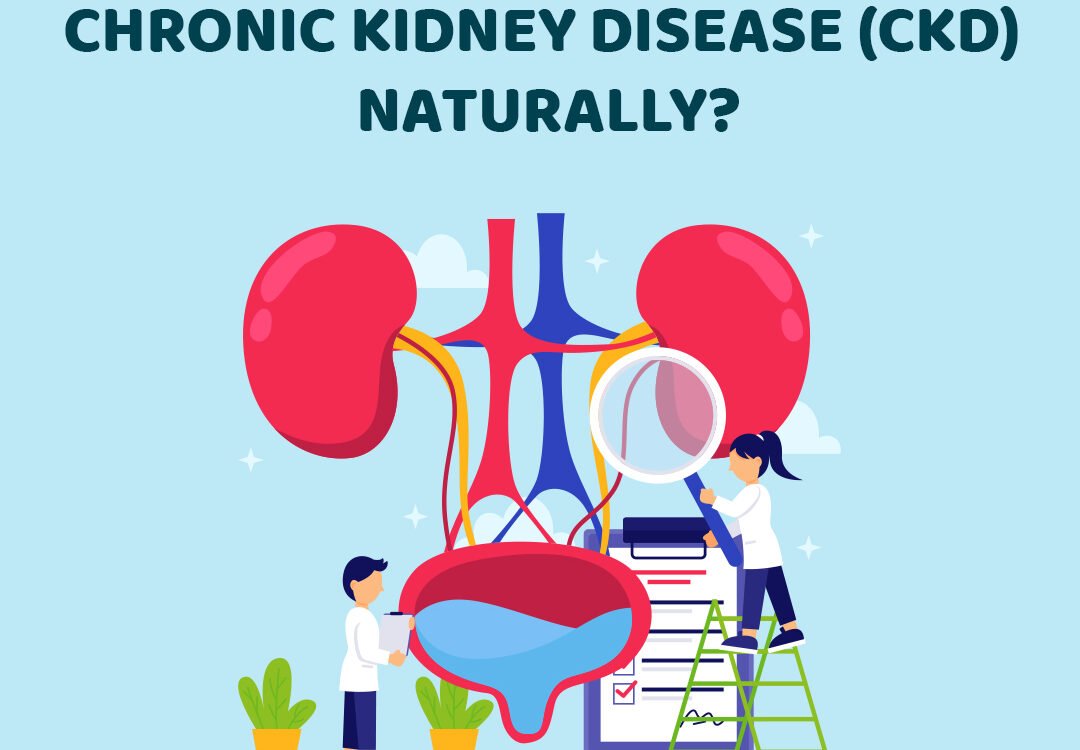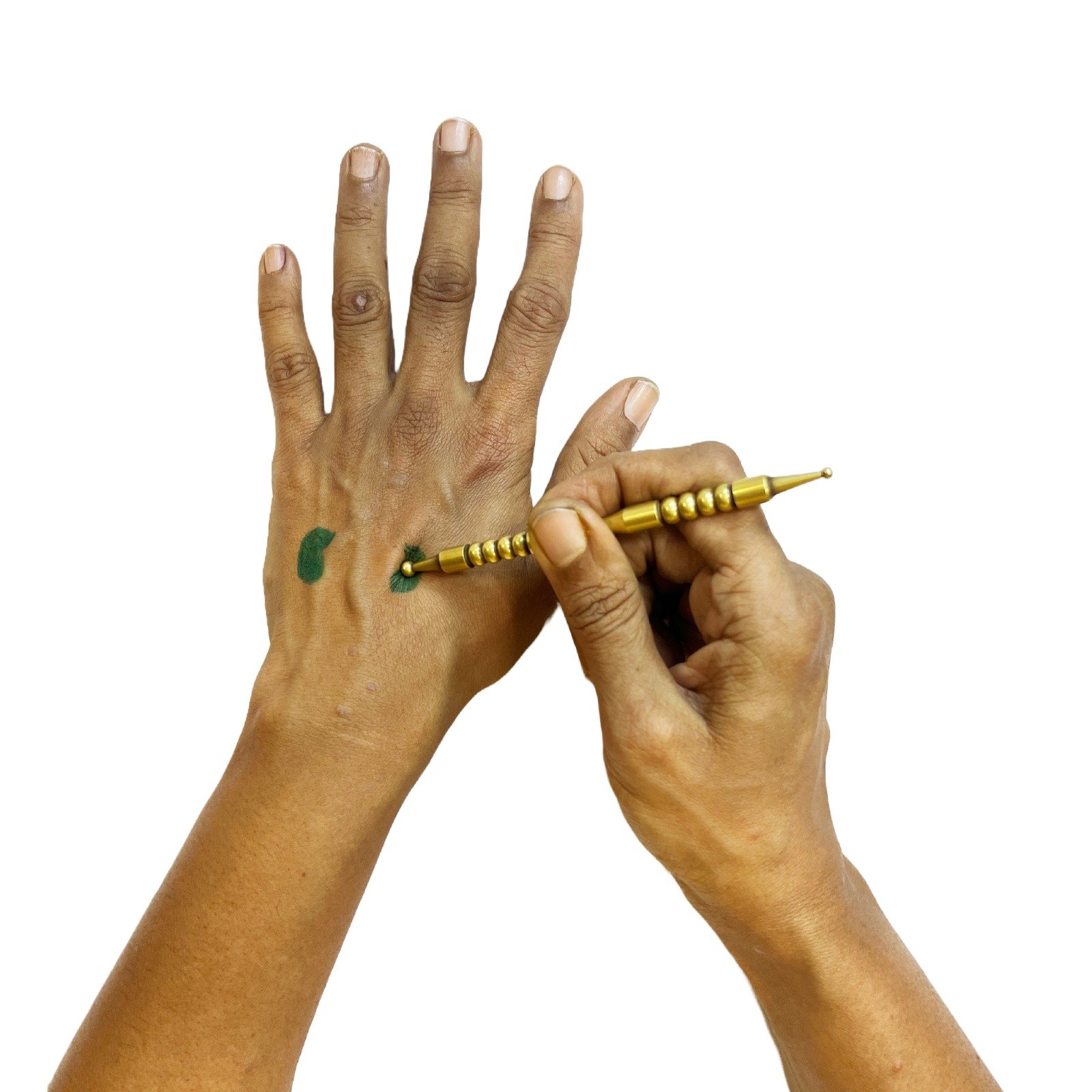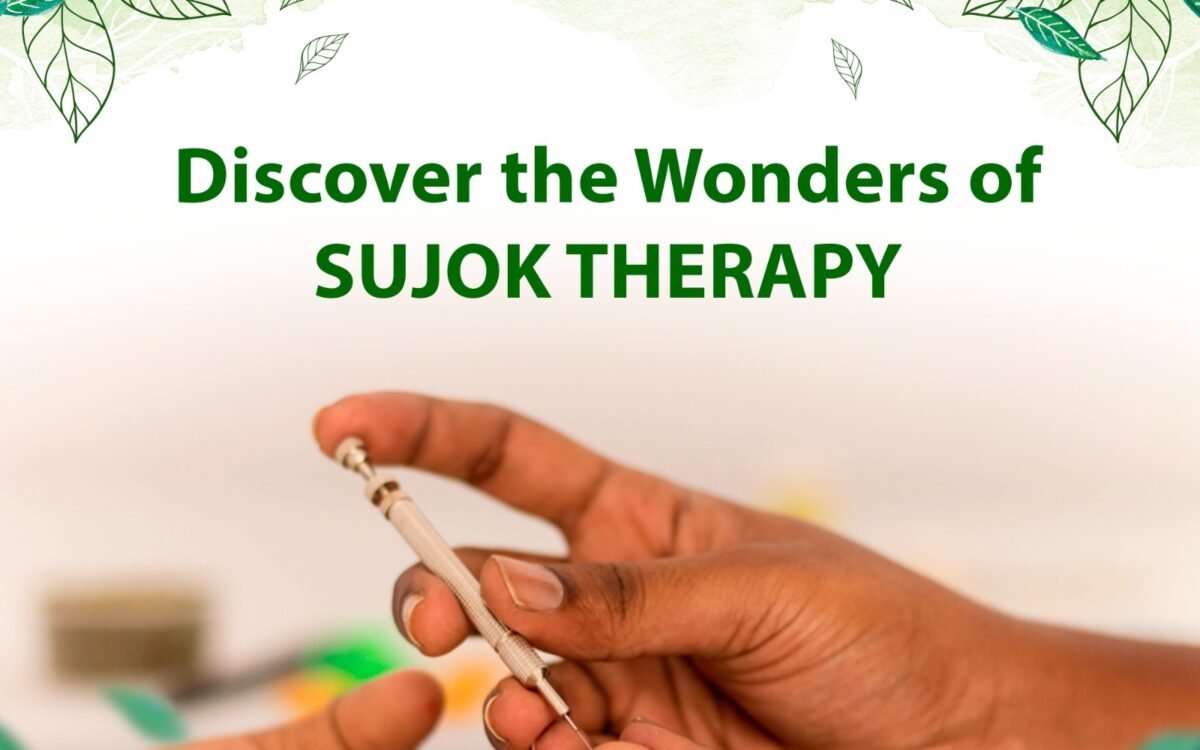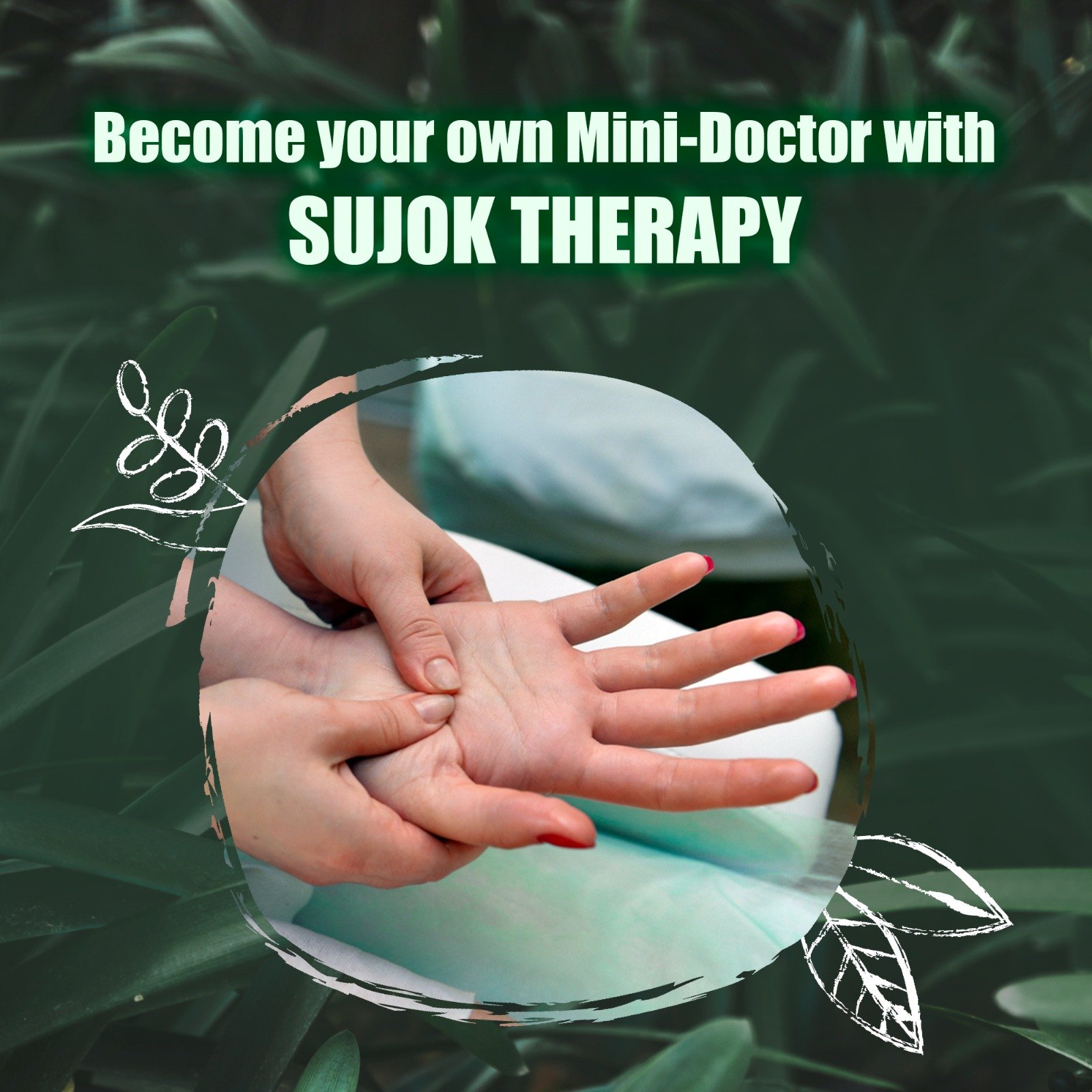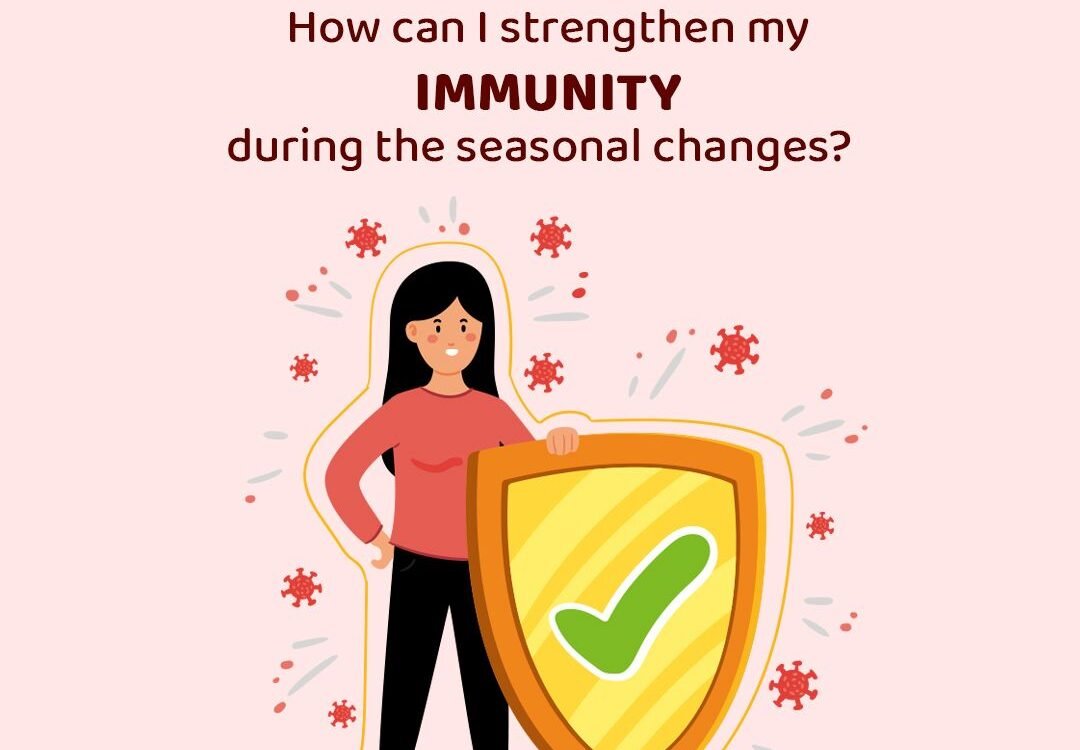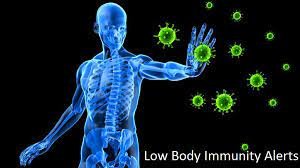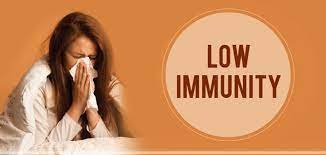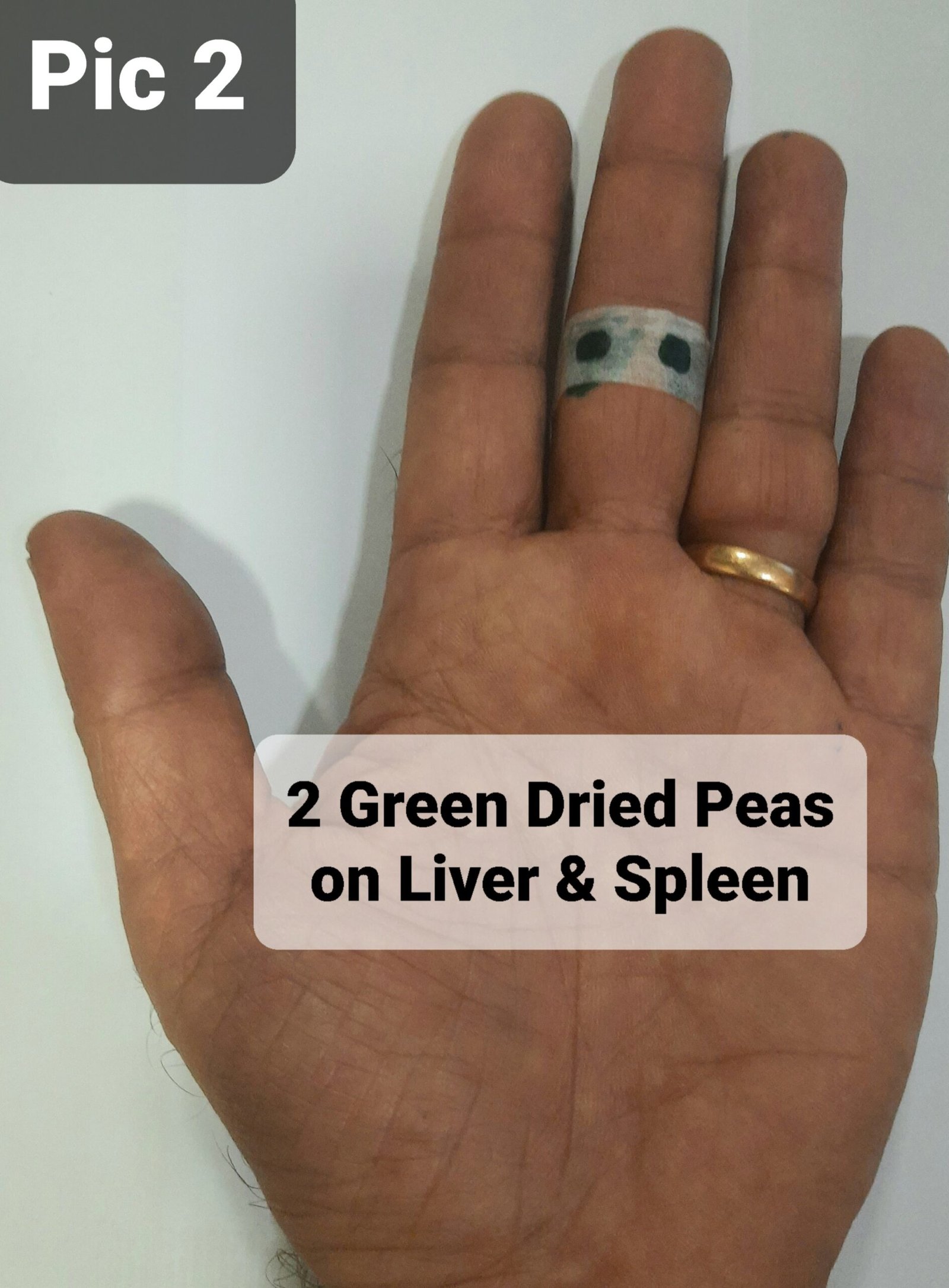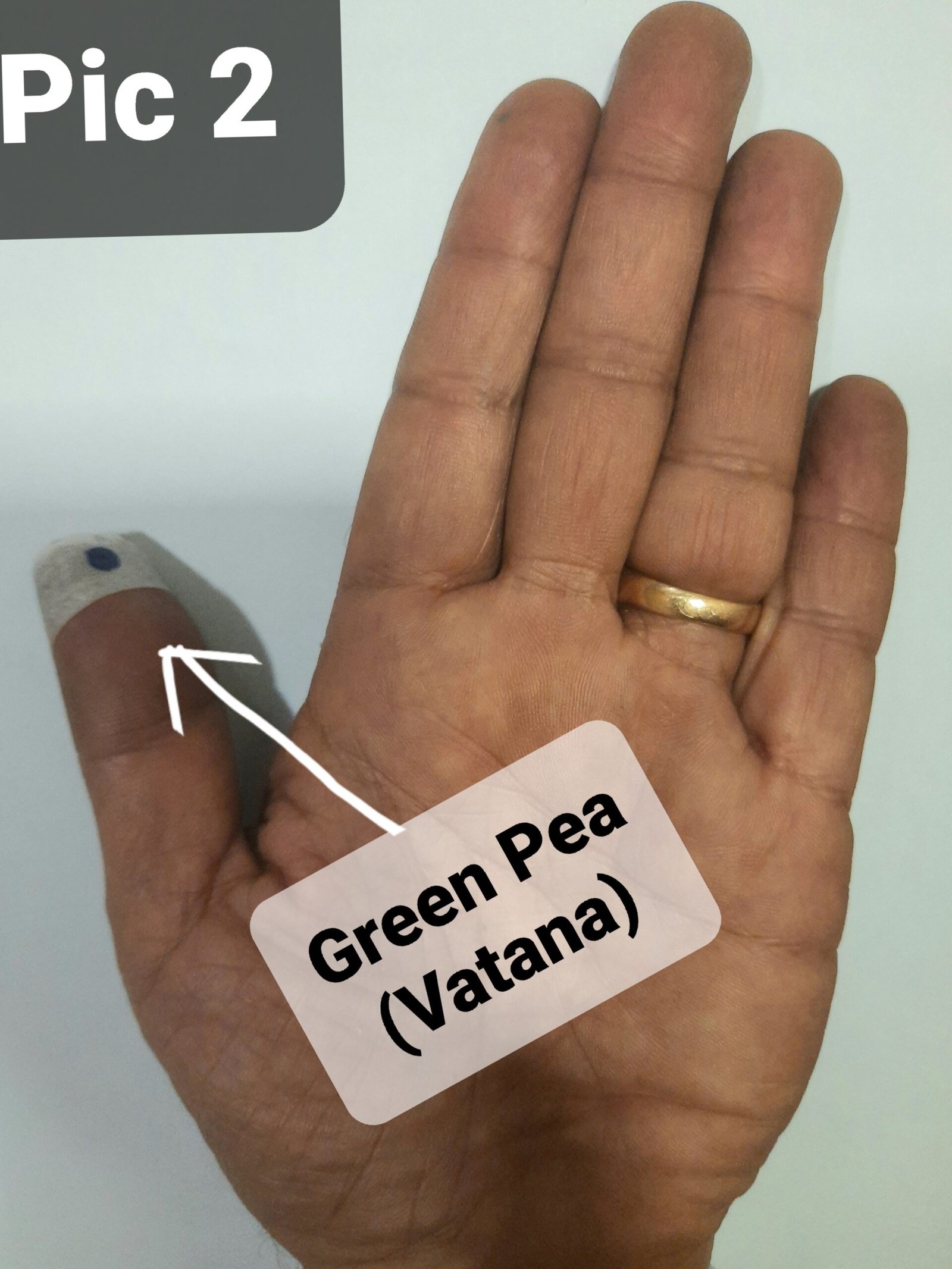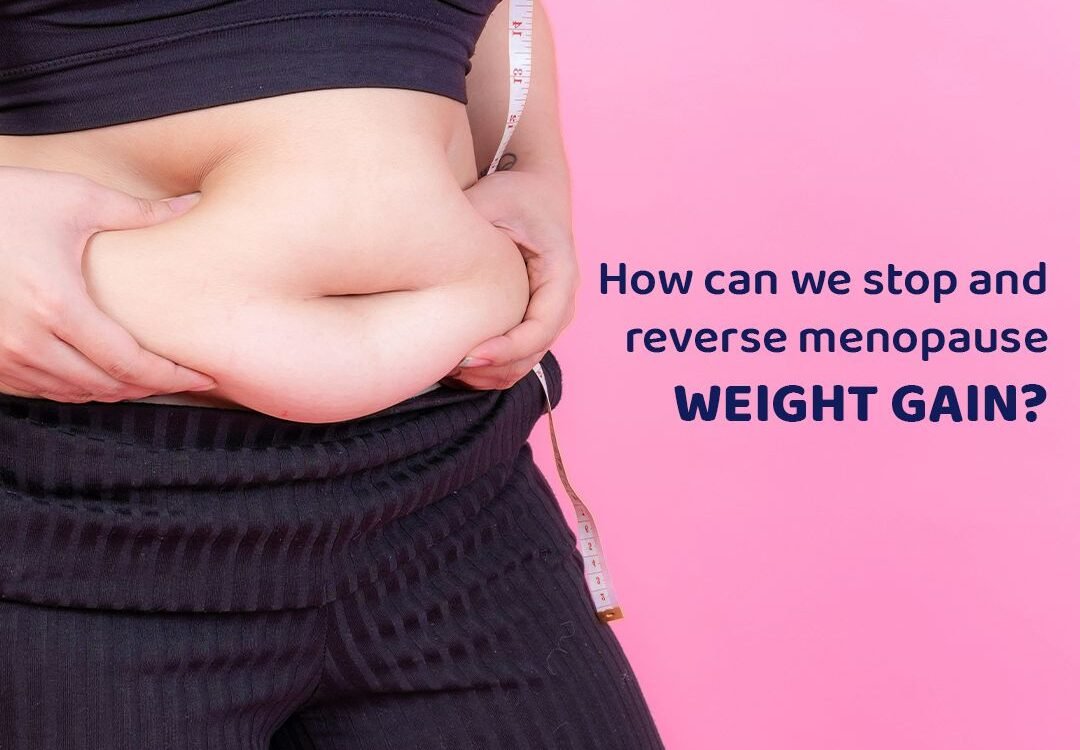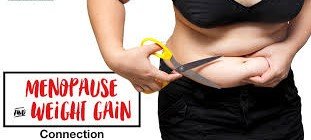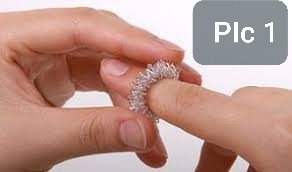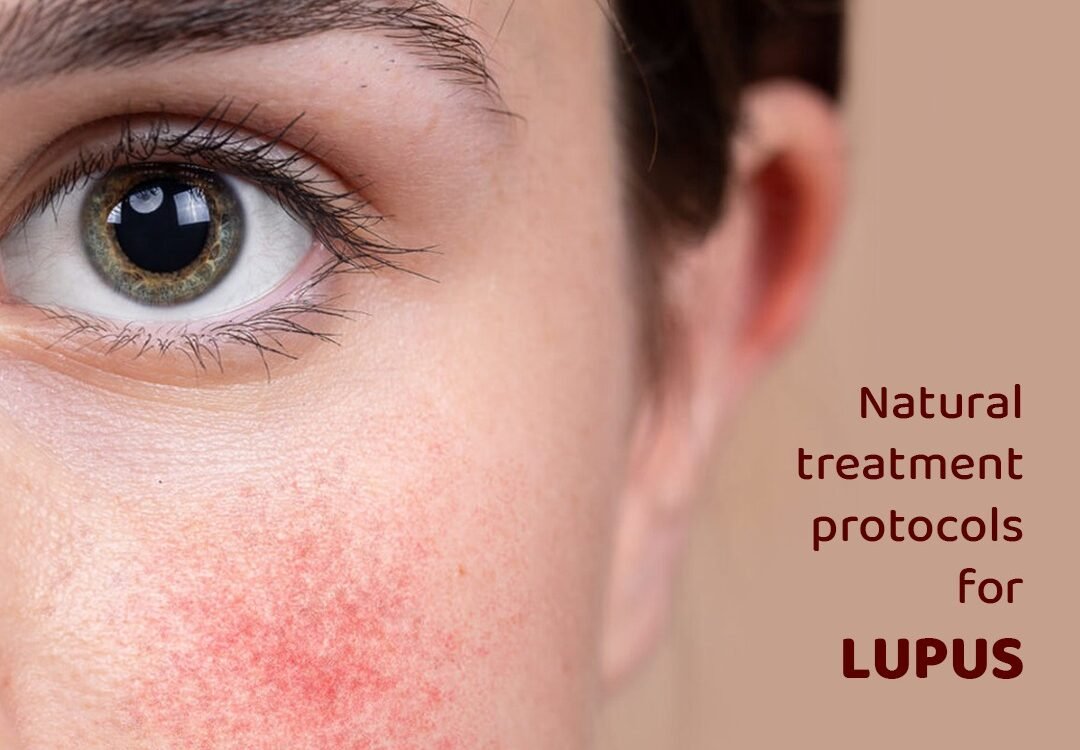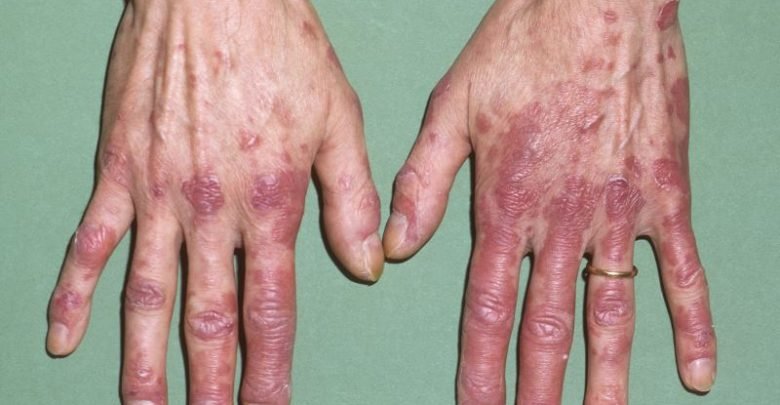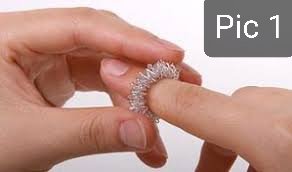Hypertension - The Silent Killer
Hypertension is the global health issue contributing to the burden of heart disease, stroke, kidney failure and disability. It is a major cause of premature death worldwide. It affects an estimated 1.3 billion adults (30-79 years) globally resulting in 10 million deaths every year. Hypertension is known as the silent killer due to no outward signs or symptoms. An estimated 46% of adults are unaware that they have hypertension.
What is hypertension (high blood pressure)?
Blood pressure is defined as the force of blood pushing against the walls of the arteries (blood vessels) as the heart pumps blood to the whole body. High blood pressure – also known as hypertension – is a disease in which blood flows through blood vessels (arteries) at a higher-than- normal pressure.
Blood pressure is the result of 2 forces:
- Systolic pressure is due to the heart pumping blood into the arteries
- Diastolic pressure is created when the heart rests between beats
These 2 forces are represented by numbers. The top number is systolic pressure and bottom number is diastolic pressure. The WHO-ISH guidelines classify optimal blood pressure as less than 120/80 mmHg, and normal blood pressure as less than 130/85 mmHg. When blood pressure constantly stays above 140/90, it is the hypertension condition.
Symptoms of hypertension
Most people with hypertension don’t feel any symptoms unless the blood pressure is high.
- Heaviness in head or chest
- Dizziness
- Headaches
- Blurred vision
- Chest pain
- Nausea and vomiting
- Confusion
- Abnormal heart beat
Causes of hypertension
- Sedentary lifestyle
- Unhealthy eating habits
- Irregular sleeping pattern
- Smoking
- Drinking excess alcohol
- Being overweight
- Excess sodium in diet
- High anxiety and stress
- Health conditions like diabetes, kidney disease
- Age
Serious complications of hypertension
- Heart disease – over a period of time hypertension can lead to heart disease and consequently heart failure
- Heart attack – hypertension hardens the arteries which can become blocked and prevent blood flow to heart muscle. This condition can cause heart attack
- Atherosclerosis is buildup of plaque in the arteries
- Stroke
- Kidney disease – hypertension can damage the blood vessels of the kidneys leading to kidney failure
- Vision loss
- Dementia – some forms of dementia may be related to a lack of blood flow to brain due to blocked and hardened arteries
- Sexual dysfunction – hypertension can lead to erectile dysfunction in men and lower sex drive in women
Monisha’s Mantra has been helping many people reverse their hypertension condition. Based on our many years of research and experience, we have formulated the below proven formula.
Monisha’s Mantra formula
- Increase physical activity and regular morning brisk walks
- Maintain healthy weight
- Daily practice of ‘Smile meditation’ to reduce anxiety and stress
- Maintain disciplined sleeping pattern
- Eat healthy by including more of salads, greens, fruits, millets, nuts and seeds. Avoid packaged and fried foods, excess salt, refined sugar and outside foods
- Reduce intake of alcohol
- Quit smoking
- Practice Brahmari pranayama for 15 minutes twice daily
- Sujok therapy (drugless Korean therapy):
- Seed therapy – Every night before sleeping, apply 2 kidney beans on the backside of the hand as shown in the picture
- Nail therapy – rub all 20 nails with olive oil or ghee for 20 minutes before sleeping



